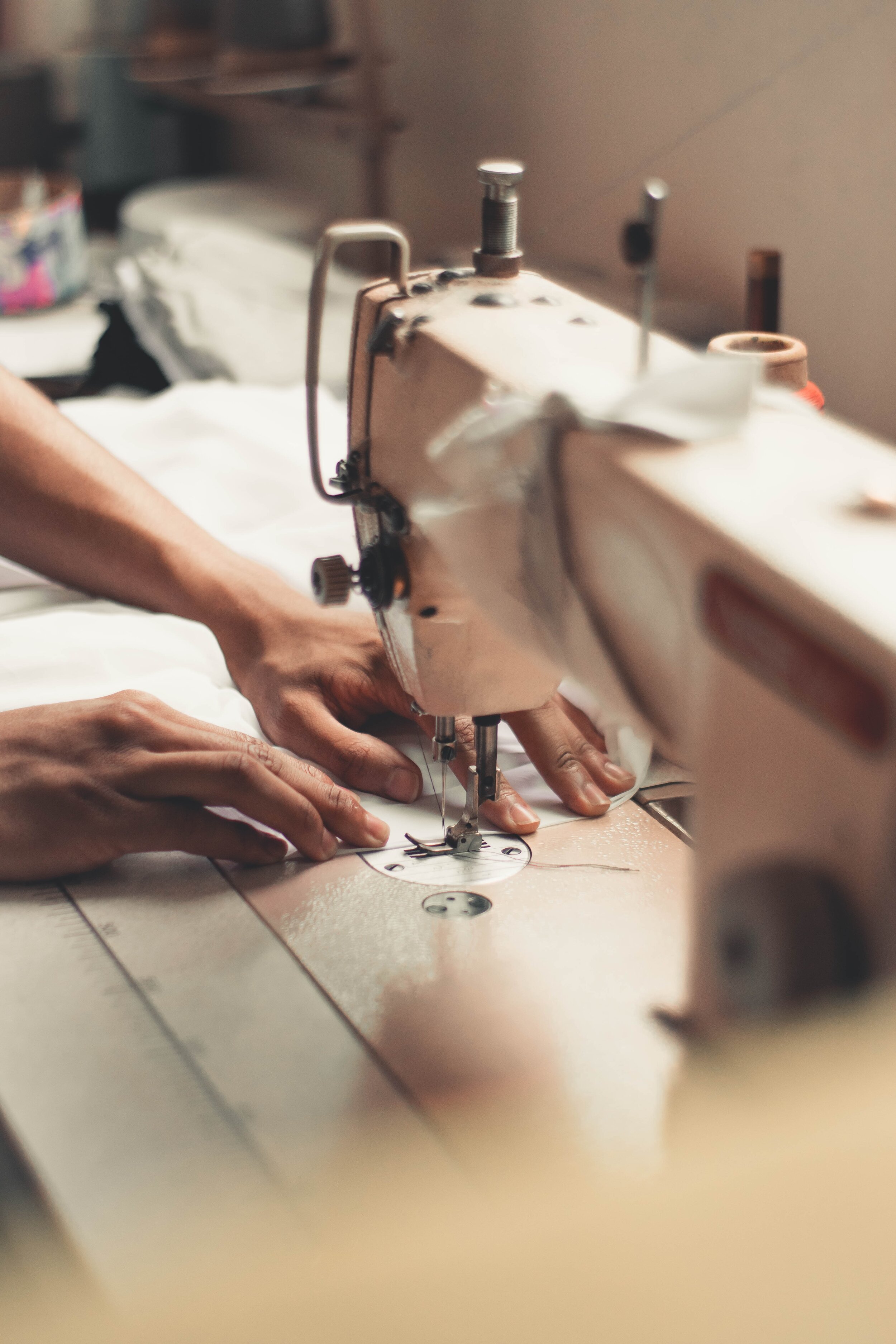Certainly! Here's an article titled "Mastering the Basics: Essential Stitches Every Sewist Should Know":
### Mastering the Basics: Essential Stitches Every Sewist Should Know
Sewing is a timeless craft that allows you to create beautiful garments, accessories, and home decor items. Whether you're new to sewing or looking to refresh your skills, mastering essential stitches is key to creating professional-looking projects. In this guide, we'll explore the fundamental stitches every sewist should know to confidently tackle a wide range of sewing projects. on wikipedia
Mastering the Basics: Essential Stitches Every Sewist Should Know
#### 1. Straight Stitch
The straight stitch is the most basic and commonly used stitch in sewing. It's ideal for sewing seams, topstitching, and understitching. To create a straight stitch:
- Set your sewing machine to the straight stitch mode.
- Adjust the stitch length according to the fabric and project requirements.
- Guide the fabric evenly under the presser foot to create a straight line of stitching.
Practice sewing straight lines on scrap fabric to master control and stitch consistency.
Brother SE1900 embroidery machine Review
#### 2. Zigzag Stitch
The zigzag stitch is versatile and used for finishing edges, sewing stretch fabrics, and creating decorative effects. To sew a zigzag stitch:
- Select the zigzag stitch mode on your sewing machine.
- Adjust the stitch width and length as needed.
- Sew slowly and guide the fabric to achieve even zigzag stitches.
Experiment with different stitch widths and lengths to see how they affect the appearance and functionality of the stitch.
#### 3. Backstitch
The backstitch is essential for securing seams at the beginning and end of stitching lines. It prevents stitches from unraveling over time. Here's how to backstitch:
- Sew forward a few stitches.
- Press and hold the reverse button or lever on your sewing machine to sew backward over the same stitches.
- Release the reverse button and continue sewing forward to complete the seam.
Practice backstitching at the beginning and end of seams to reinforce them effectively.
#### 4. Basting Stitch
A basting stitch is a temporary, long straight stitch used for holding fabric layers together before permanent sewing. It's helpful for fitting adjustments, gathering fabric, and attaching trims. To sew a basting stitch:
- Set your sewing machine to the longest stitch length available.
- Sew along the fabric edge without backstitching at the beginning or end.
- Remove the basting stitches once the final sewing is complete.
Use contrasting thread for basting stitches to differentiate them from permanent stitches.
#### 5. Blind Hem Stitch
The blind hem stitch is used to create nearly invisible hems on garments and curtains. It's perfect for a polished finish without visible stitching on the outside of the fabric. Here's how to sew a blind hem stitch:
- Fold and press the fabric to create the hem allowance.
- Select the blind hem stitch mode on your sewing machine.
- Fold the fabric again to hide the raw edge and stitch along the folded edge.
Practice folding and sewing blind hems on scrap fabric to achieve neat and inconspicuous hems.
#### 6. Overlock Stitch (or Serger Stitch)
An overlock stitch is used to finish raw fabric edges and prevent fraying. It's commonly sewn using a serger machine, but many modern sewing machines also offer an overlock stitch option. To sew an overlock stitch:
- Set your sewing machine or serger to the overlock stitch mode.
- Guide the fabric edge along the knife and stitching area to neatly trim and stitch the edge.
Experiment with different overlock settings to achieve a secure and clean finish on various types of fabric.
#### Conclusion
Mastering these essential stitches will build your confidence and enable you to tackle a wide range of sewing projects with ease. Practice each stitch on scrap fabric before applying them to your sewing projects. With patience and persistence, you'll soon be creating beautifully crafted items that showcase your sewing skills.
https://stitchcraftchronicles.blogspot.com/2024/07/top-10-sewing-machine-maintenance-tips.html



0 Komentar